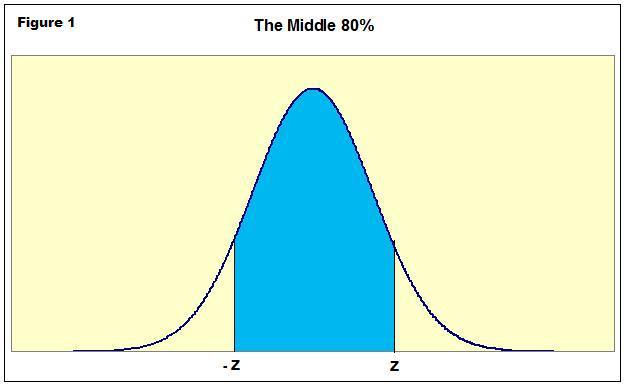| |
|---|---|
Judicial Integrity Criteria
Minimize The Risk of Wrongly Convicting An Accused By Trial
We in America value freedom greatly, so we want to minimize the risk of wrongfully convicting an accused. That value can be expressed by comparing wrongful convictions. In a jury trial, the accused is protected from bias by vetting the jurors. Anyone who is related to, done business with, or knows the accused, is first excused by the trial Judge in order to eliminate conflict of interest. Similarly anyone who has already heard about the case and formed an opinion about the guilt or innocence is also excused by the Judge. Subsequently, the defense and the prosecution both get to vet the juror candidates one by one with questions. Each side is allowed to challenge a possible juror "for cause" based on the juror's answers. Each side also has the right to a limited number of "peremptory" challenges - without any reason given. These procedures "vet" the jury so as to insure that the jury is impartial and will decide the case based on the evidence and the instructions of law by the judge.
Strength of Evidence. We value our freedom so much so that we would rather wrongly free nine accused than wrongly imprison one accused. In other words, we'd rather let 9 "criminals" go free before we imprison one "innocent" person. With low strength of evidence, the doubt is high. The stronger the evidence the lower the doubt. With low strength of evidence there is reasonable doubt of guilt. To achieve the 9:1 ratio, we must require that the strength of the evidence be 90% or higher, which means the doubt is reduced to 10%. This gives rise to the meme "Innocent until proven guilty beyond a reasonable doubt", known as "the presumption of innocence". In Figure 1 the area to the left of Z ads up to the strength of the evidence and the area to the right of Z represents the minimal remaining doubt. When the strength of the evidence is below Z, we must release the accused, so we "let 9 accused go free", so as to not risk imprisoning one accused wrongly.

Minimize The Risk of Wrongly Convicting An Accused By Judge
In order to prevent miscarriages of justice, the risk of bias of the judge must be kept below 10%. The Republicans have been calling this high judicial standard "guilty until proven innocent" in order to turn the high standard for judges into a low standard for the judges they want - so as to introduce political bias into the judiciary that favors the Conservative Republicans.
"The presumption of innocence is the exact opposite of the standard a candidate for a judgeship must meet."
A judge must be free of any suspicion, must not have even the appearance of any wrongdoing, must not have any accusers, and should such arise, the judge must prove he or she is free of suspicion beyond a reasonable doubt.
The standard for "innocent until proven guilty" is based
on
preserving the right to freedom. We prefer to free nine nefarious
persons
before we risk incarcerating one "innocent" person. In
other words, we want the risk of wrongly convicting an accused to be
less that 10%. When appointing somebody to a judgeship, we want
the risk of appointing a nefarious person to be less than 10%, which
corresponds to denying appointment to nine unbiased persons before we
risk appointing even one biased individual. We can not risk a judge
wrongly deciding a case based on personal prejudgment, bias, or conflict
of interest.
"Innocent until proven guilty beyond a reasonable doubt" can not be the
standard of behavior for judges, for judges must be free of any
suspicion that they may not administer justice with scrupulous
impartiality.
The burden of proof for a guilty verdict is on the
accuser for a crime, because we can not afford to imprison someone
wrongly.
We can not appoint a judge with a risk of allowing hiser own personal
conviction, bias, or interests wrongly deciding a case. A judge must
meet unbiased impartiality toward any issue
that may come before the court. Otherwise, the decision a judge makes
would be contaminated by the previously published or stated bias.
For any case that faces an issue that the judge previously publicly
declared an opinion on must be justification for required recusal,
because any decision by a judge with such a prior declaration is under
suspicion of conflict of interest and must be presumed to be
"contaminated" in the public eye. Justice is only served when the
plaintiffs, accused, and litigants have confidence that the decision
rests on evidence and the rule of law that are pure and follow due
processes.
A judge must be
free of any suspicion, must not have even the appearance of any
wrongdoing, must not have any accusers, and should such arise, the judge
must prove he or she is free of suspicion beyond any reasonable doubt.
The suspicion must be proved below 10% risk, not below only 90% risk as
"the presumption of innocence" would provide.
Ralph E Kenyon Jr.
191 White Oaks Road
Williamstown, MA 01267